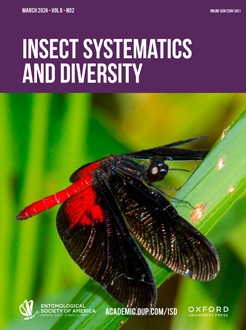The Italian geographic region is characterized by complex and diversified biogeographic patterns and is represented by a high number of endemic species. Endemic species characterized by a limited distribution range should be a primary concern in conservation. This article aimed to investigate the phylogenetic and biogeographic relationships of 2 Italian endemic species of the wingless blister beetle genus Meloe Linnaeus, 1758: Meloe (Eurymeloe) apenninicus and Meloe (E.) baudii. Our inferences, based on morphological characters, 2 mitochondrial (16S and COI) and 2 nuclear (CAD and 28S) markers and the use of 3 species delimitation analyses approaches, pointed out the presence of a new Italian endemic species (M. (E.) digiuliorum sp. n.), here described, and 3 different patterns of phylogenetic and biogeographic affinities. M. digiuliorum is close to the Spanish endemic M. orobates comb. n., revealing a possible fragmentation of the ancestor range in the Pleistocene (ca. 0.84 Mya) followed by isolation in Italy and Spain. M. apenninicus is the sister species of the European-Anatolian M. rugous and M. cfr. rugosus, and this pattern originated around the Plio-Pleistocene boundary (ca. 2.83 Mya) likely influenced by the climatic fluctuations and the presence of the Alpine barrier. Finally, 2 subspecies were referred to M. baudii: the nominal one, endemic to Italy, and theTuranian-E European M. b. glazunovi stat. n., disclosing a third more recent (ca. 0.64 Mya) pattern of biogeographic disjunction.
How to translate text using browser tools
21 March 2024
Endemic and cryptic: different biogeographic histories of three Italian blister beetles of the genus Meloe (Coleoptera: Meloidae: Meloinae: Meloini)
Alessandra Riccieri,
Lucrezia Spagoni,
Marco A. Bologna
ACCESS THE FULL ARTICLE
It is not available for individual sale.
This article is only available to subscribers.
It is not available for individual sale.
It is not available for individual sale.

Insect Systematics and Diversity
Vol. 8 • No. 2
March 2024
Vol. 8 • No. 2
March 2024
cryptic species
Mediterranean biogeography
Molecular analyses
new species
taxonomy





